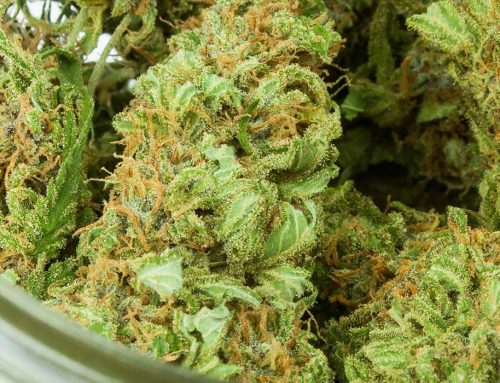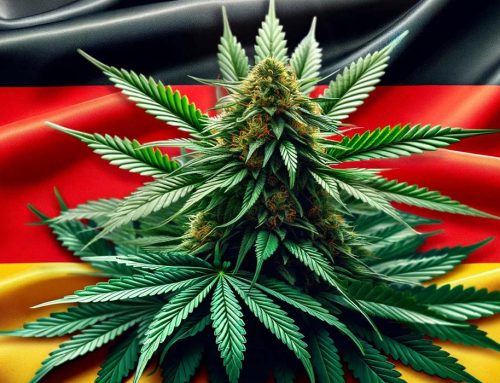A recently released research report by the Drug Policy Alliance (DPA) shows that even as marijuana arrests have declined in legal states, racial disparity in enforcement has remained. Previous research has also revealed that enforcement of marijuana laws falls disproportionately on minorities.
The DPA Report
The report also addresses other aspects of legalization. For example, statistics indicate that (1) legalization has not led to an increase in arrests for driving under the influence, (2) the number of young people who use marijuana has not increased in legal states, and (3) tax revenue has exceeded estimates.
Where simple possession is legal, it is still possible to break the law by furnishing the drug to minors, to drive under the influence, or to sell on the black market, for example. As may be expected, arrests have declined, often significantly, in legal states. Despite this decline, disparity in enforcement has continued. The report finds that:
In Colorado, marijuana arrests for white people decreased by 51%, but only decreased by 33% for Latinx people and 25% for black people between 2012 and 2014.
The post-legalization arrest rate for black people in Washington is double the arrest rate for other races and ethnicities.
A black person in Washington, D.C. is 11 times more likely than a white person to be arrested for public consumption of marijuana.
The report shows that in 2010 and 2011, the number of black people arrested on marijuana charges approached 1,600, while in 2015 and 2016, the number dipped to well below 400. But in 2010 and 2011, the number of white people arrested was well below 400, and in 2015 and 2016 arrests of whites on marijuana charges were negligible.
A similar pattern was found to exist in Alaska. In 2012-2014, over 200 black people were arrested on marijuana charges. In 2015-2016, the number dropped significantly, to much less than 50. In 2012-2014, the number of white people arrested declined from about 125 to 75 per year. In 2015-2016, the numbers remained smaller than that of black people. Alaska’s population is almost 66 percent white and about 4 percent black.
The ACLU Report
A 2013 report prepared by the ACLU shows “overwhelming racial bias in marijuana arrests.” For example, across the nation, “The Black arrest rate is 716 per 100,000; the white arrest rate is 192 per 100,000 (the national arrest rate is 256 per 100,000).” Across the country, a black person was from four to eight times more likely to be arrested on a marijuana charge. Racial disparity in enforcement was most pronounced in the Northeast and Midwest. Alaska topped the list of states with the greatest disparity in enforcement, followed by Minnesota and Wisconsin. In 2010, Nebraska, Illinois, and Washington, D.C., were the areas with the highest rates of arrest of black people on marijuana charges. The report states: “Of marijuana possession arrests in the District of Columbia, a staggering 91% were of Blacks.”
Finally, the ACLU report states that black and white people use marijuana at roughly equal rates. The report states: “In 2010, 14% of Blacks and 12% of whites reported using marijuana in the past year.”
The Colorado Department of Public Safety Report
The ACLU and DPA reports are not alone in finding racial disparity in enforcement. The Colorado Department of Public Safety released a report in March 2016 titled Marijuana Legalization in Colorado: Early Findings, and it too found racial disparity in enforcement, even after legalization. The report states:
The [post-legalization] decrease in the number of marijuana arrests by race is the greatest for White arrestees (‐51%) compared to Hispanics (‐33%) and African‐Americans (‐25%). The marijuana arrest rate for Whites and Hispanics is comparable, but the marijuana arrest rate for African‐Americans is almost three times that of Whites (348/100,000 for Blacks and 123/100,000 for Whites).
These three reports make clear that while legalization has brought a tremendous reduction in marijuana arrests in legal states, racial disparity in arrests has not abated. As legalization gains ground across the country, this problem must not be allowed to remain unresolved.
What do you think? Will future legislation specifically address racial disparity in enforcement? Leave a comment below.






